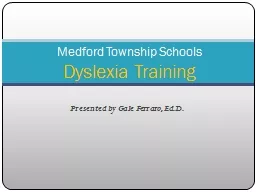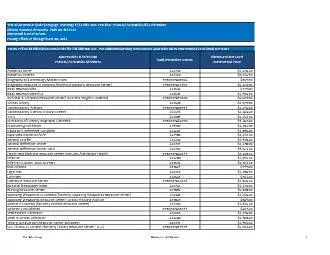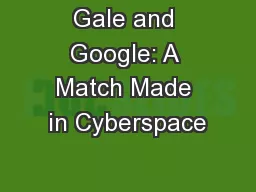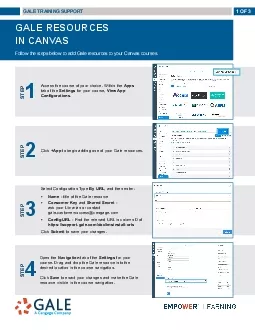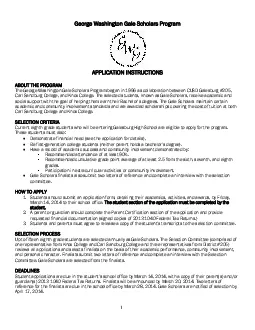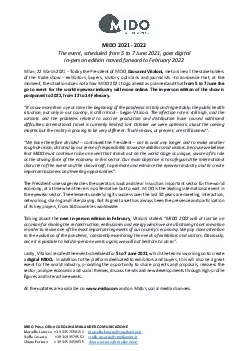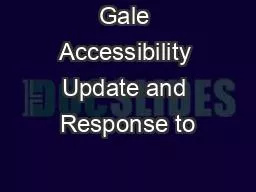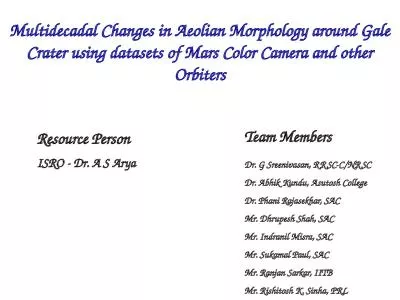PPT-Presented by Gale Ferraro, Ed.D.
Author : tatyana-admore | Published Date : 2020-04-06
Medford Township Schools Dyslexia Training Th is training will focus on An overview of the adopted regulations A definition of reading disabilities specifically
Presentation Embed Code
Download Presentation
Download Presentation The PPT/PDF document " Presented by Gale Ferraro, Ed.D." is the property of its rightful owner. Permission is granted to download and print the materials on this website for personal, non-commercial use only, and to display it on your personal computer provided you do not modify the materials and that you retain all copyright notices contained in the materials. By downloading content from our website, you accept the terms of this agreement.
Presented by Gale Ferraro, Ed.D.: Transcript
Download Rules Of Document
" Presented by Gale Ferraro, Ed.D."The content belongs to its owner. You may download and print it for personal use, without modification, and keep all copyright notices. By downloading, you agree to these terms.
Related Documents

